New knowledge about the cellular composition and growth of teeth can accelerate the development of treatments for tooth sensitivity and regenerative dentistry – a biological therapy for damaged teeth.
Teeth develop as a result of a complex process in which soft tissues, including connective tissue, nerves, and blood vessels, combined with three types of hard tissues to form a functional part of the body. As an explanatory model for this process, scientists often use the mouse incisor, which grows and renews throughout the life of the animal.
Despite the fact that the incisors of mice have often been studied in a developmental context, many fundamental questions about dental cells, stem cells, their differentiation, and cell dynamics have not yet been resolved.
Using single-cell RNA sequencing and genetic tracing, researchers from Karolinska Institute, Vienna Medical University, and Harvard University identified and characterized all cell populations in mouse teeth, as well as in human primary and permanent teeth.
“We were able to decipher the differentiation pathways of odontoblasts that give rise to dentin — the hard tissue closest to the pulp — and the ameloblasts that give rise to enamel. We have also found new types of cells and cell layers in teeth that can affect sensitivity, ”the study said.
Some of the findings may explain a number of complex aspects of the dental immune system, while others shed new light on the formation of tooth enamel, the hardest tissue in our body.
“We hope and believe that our work can form the basis for new approaches to tomorrow's dentistry. In particular, it can accelerate the expansion of the field of regenerative dentistry and the use of biological therapies to replace damaged or lost dental tissue. ".
The research results were published in the journal Nature Communications and are now available in the form of a handy interactive atlas of human and mouse teeth. The researchers believe they should prove to be a useful resource not only for dental biologists but also for researchers interested in regenerative biology in general.
Source: medicalxpress.com

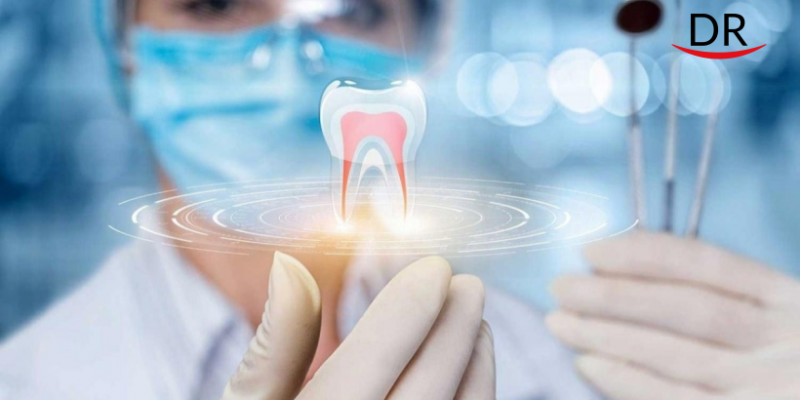

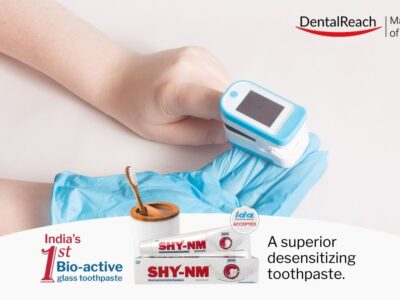
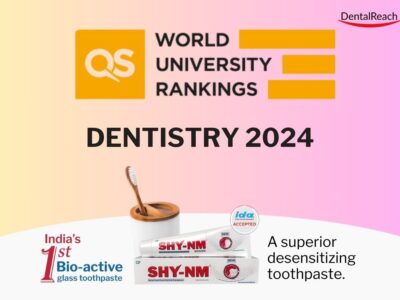
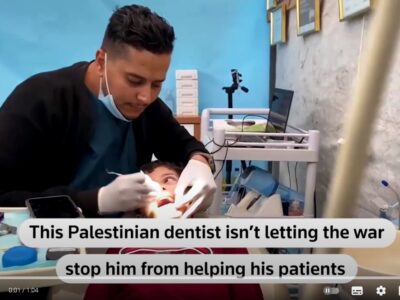

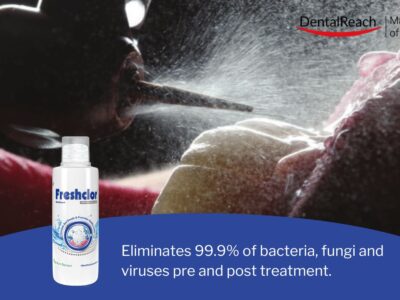









Comments